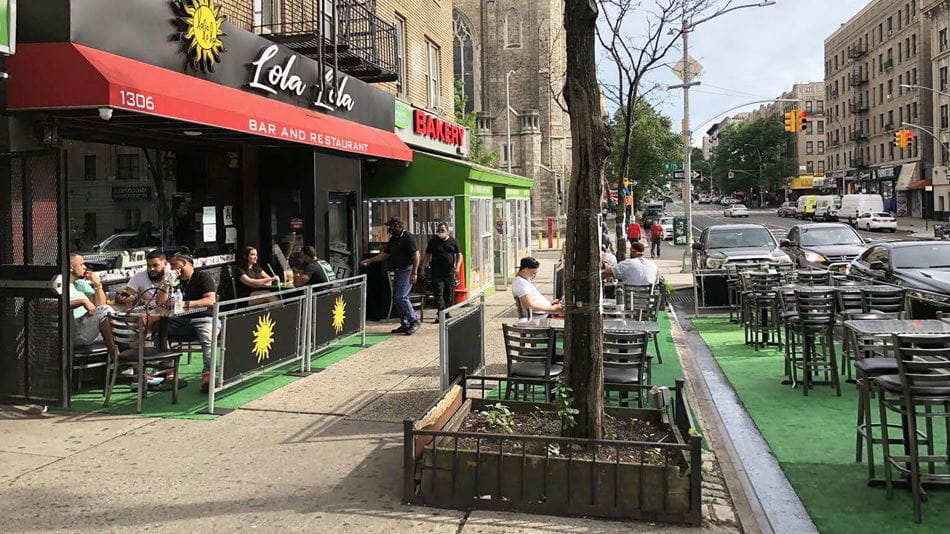 Jackie Wei Green
Americas Head of Communications,Los Angeles
Jackie Wei Green
Americas Head of Communications,Los Angeles
Arup is pleased to announce a comprehensive set of design recommendations as part of Neighborhoods Now—an initiative launched by the Urban Design Forum and Van Alen Institute to support New York neighborhoods heavily impacted by the COVID-19 pandemic as they work to reopen and thrive over the coming months.
Arup collaborated with the Community League of the Heights (CLOTH) and a team of designers that included Design Advocates, Woods Bagot, Stantec and Gensler on the development of a range of revitalization and community-building strategies for Washington Heights. The group partnered with community members including local business and property owners. The resulting recommendations are detailed in the final report, which is anchored by three concept proposals designed to activate retail stores and restaurants and provide safe outdoor space for residents of all ages.


